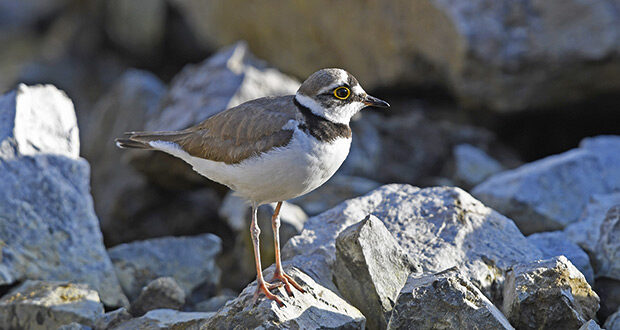The biodiversity in a quarry is often much higher after the end of excavation work than prior to starting. This is reflected by the decades of experience and the previous data of the biodiversity database of the Baden-Württemberg Industry Association of Stone and Earth (ISTE). The Baden-Württemberg database project will also be available soon throughout Germany. Then the data from the Warstein-based family-run company Vereinigte Warsteiner Kalksteinindustrie GmbH & Co. KG (WESTKALK) can also be updated there.
Up to now mappings and values from studies of excavation works in south-west Germany can be found in the database. For the promotion of biological diversity the association is working closely with the Nature and Biodiversity Conservation Union (NABU). Data from before, during and after completion of the excavation should be recorded in the nationwide database. Data sources are regularly the reports and assessments which an excavation company requires in order to obtain a permit for the company.
Manuel Sedlak has been a keynote speaker on environmental law and nature conservation for twelve years at the ISTE. He explains: “During the mining work new animal species migrate to the mining sites, e. g., yellow-bellied toads, green toads, little ringed plovers, and also plant species. They are species which take over the mining sites as so-called pioneer habitats and then also remain there.” For nature conservationists abandoned quarries are a paradise (Figure 1).
WESTKALK can confirm the database values from their own experience. “Of course we’re familiar with the eagle owl, who needs the jagged rock faces in our operation for nesting. We can account for rare orchid specifies and Roberts quarry is really a model habitat with its goats and the plant species growing there”, says Marius Risse, authorised representative at WESTKALK.
The database information is not an end in itself, but helps to prove that the excavation companies are operating effectively. For the application for approval an excavation company must ensure that after the end of the work at least the previous biodiversity level is restored. Otherwise, they do not obtain approval. Sedlak: “This is EU law and therefore applies equally throughout the EU. However, you can clearly see that Germany observes the enforcement of the standards.”
(WESTKALK/Si.)


